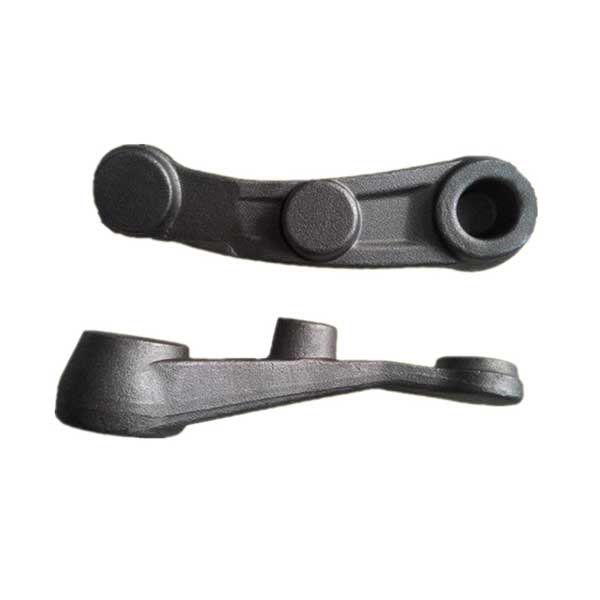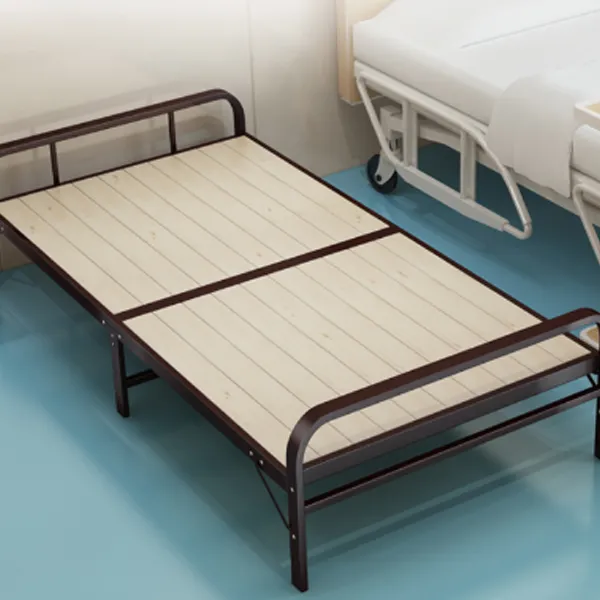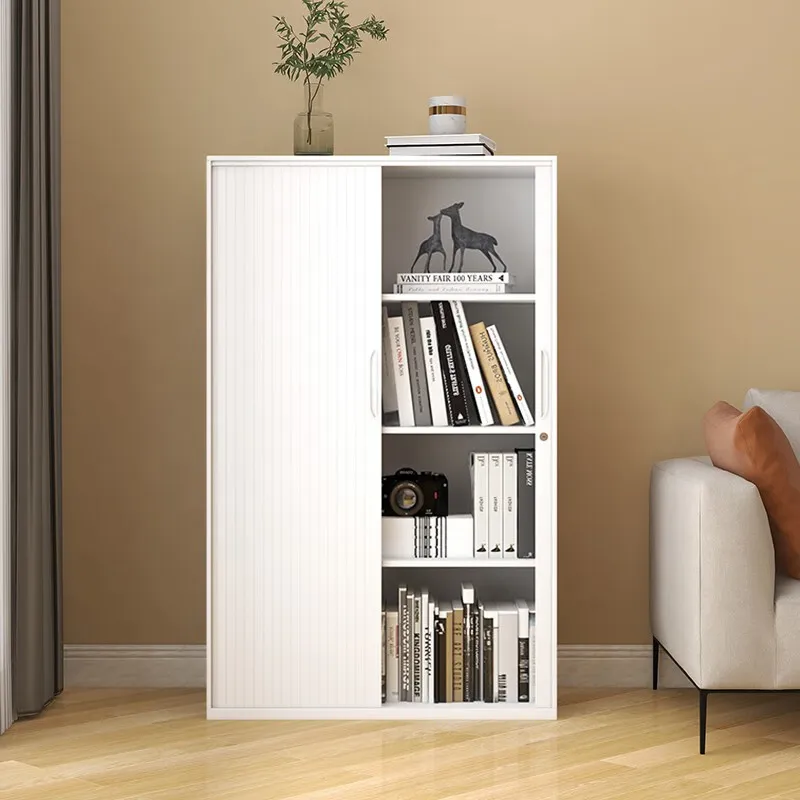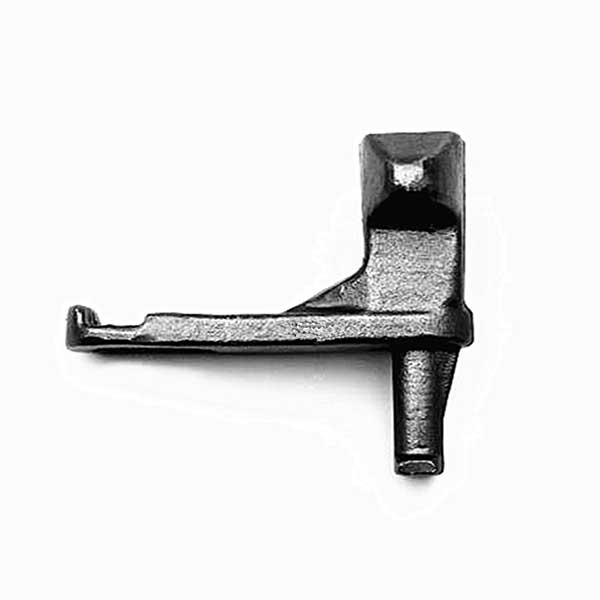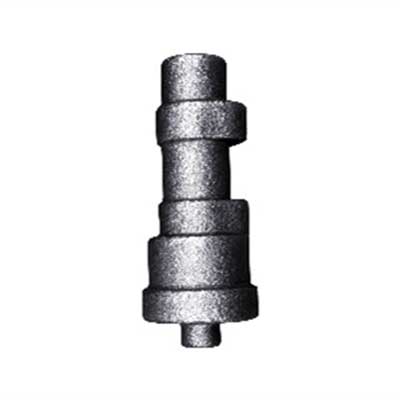Robot bearings are mechanical components used in robotic systems to enable smooth and controlled motion. They are designed to reduce friction and facilitate the rotation or linear movement of different robot parts, such as joints, arms, wheels, or conveyor belts. Bearings are critical for maintaining precise alignment, minimizing wear and tear, and maximizing efficiency in robotic applications. There are several different types of bearings used in robotics, each designed to serve specific purposes and handle different types of loads.
Robot Bearing Type
Ball Bearings: Ball bearings are the most common type of bearing used in robotics. They consist of metal balls separated by a raceway, which reduces friction and allows smooth rotation. Ball bearings are suitable for applications with moderate radial and axial loads.

Roller Bearings: Roller bearings use cylindrical or tapered rollers instead of balls to distribute the load. They are capable of handling heavier loads and are commonly used in applications where high radial or axial forces are present.
Thrust Bearings: Thrust bearings are designed to handle axial loads, such as those resulting from thrust or pushing forces. They are often used in robotics applications where there is a need to support loads in a specific direction.

Sleeve Bearings: Sleeve bearings, also known as plain bearings or bushings, consist of a cylindrical sleeve that rotates around a shaft. They are simple in design and suitable for low-load applications. Sleeve bearings are often made of materials such as bronze or plastic.
…
More detailed information about robot bearing types can be accessed by clicking: https://www.prsbearings.com/a/news/robot-bearing-type.html

